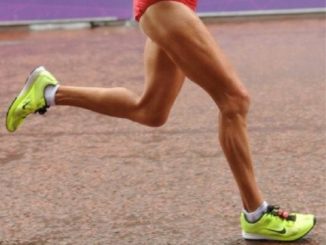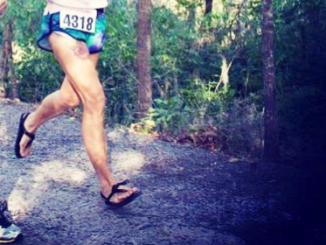
Is Forefoot Running Better for Plantar Fasciitis than Heel Striking? YES!
Forefoot running is the most important step in preventing plantar fasciitis because landing forefoot-first was found to prevent strain and instantaneous rates of loading from rising to pain-inducing levels on the plantar fascia as compared with heel strike running, which was found to produce the mechanics that makes it possible to keep fueling plantar fasciitis.




